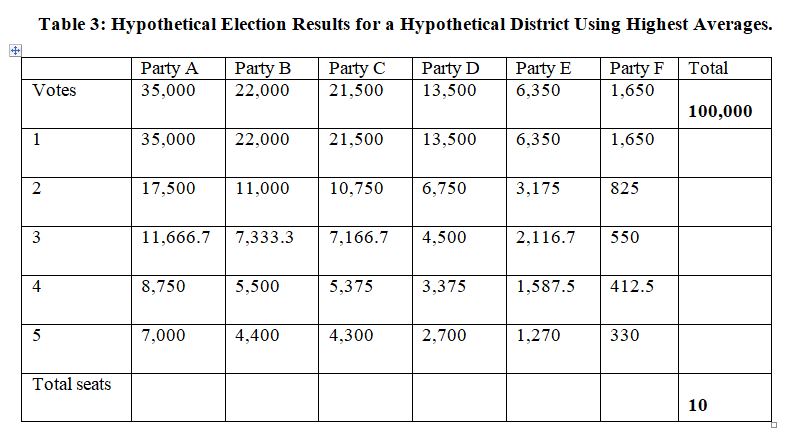Explain the principle of randomness in polling and connect this principle to at least one other technique or problem in polling.
What will be an ideal response?
Students' answers may vary.
You might also like to view...
If the election results shown in Table 3, below, were for a district with a magnitude of 1 and the alternative vote rule was used, what would the outcome be?

A. candidates from parties A and B would each win 5 seats.
B. candidates from party A would win 10 seats.
C. a candidate from party A would win 1 seat and the other parties would get 0 seats.
D. you can’t answer this question unless you know what the second, third, fourth, and so on, preference ranking is on each ballot that was cast.
Oregon’s Metropolitan Service District is not responsible for ______.
a. law enforcement b. garbage disposal c. land use planning d. transportation
Policy making does not occur in a vacuum. Explain and provide an example of each of the various contexts that surround policy making and how that context can influence the policies that are enacted.
What will be an ideal response?
Unlike Congress, the president, and the Supreme Court, the federal bureaucracy differs in that it ______.
a. lacks the powers vested in the three branches of government b. is more complicated and less effective c. is not considered a part of American government d. has a more direct impact on American lives